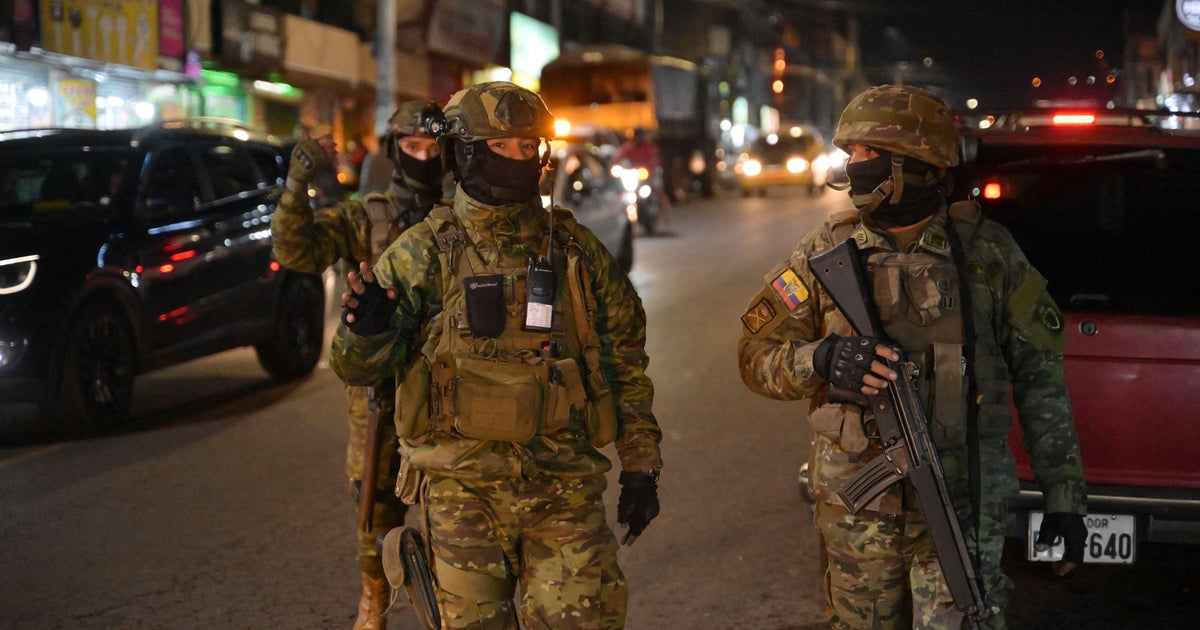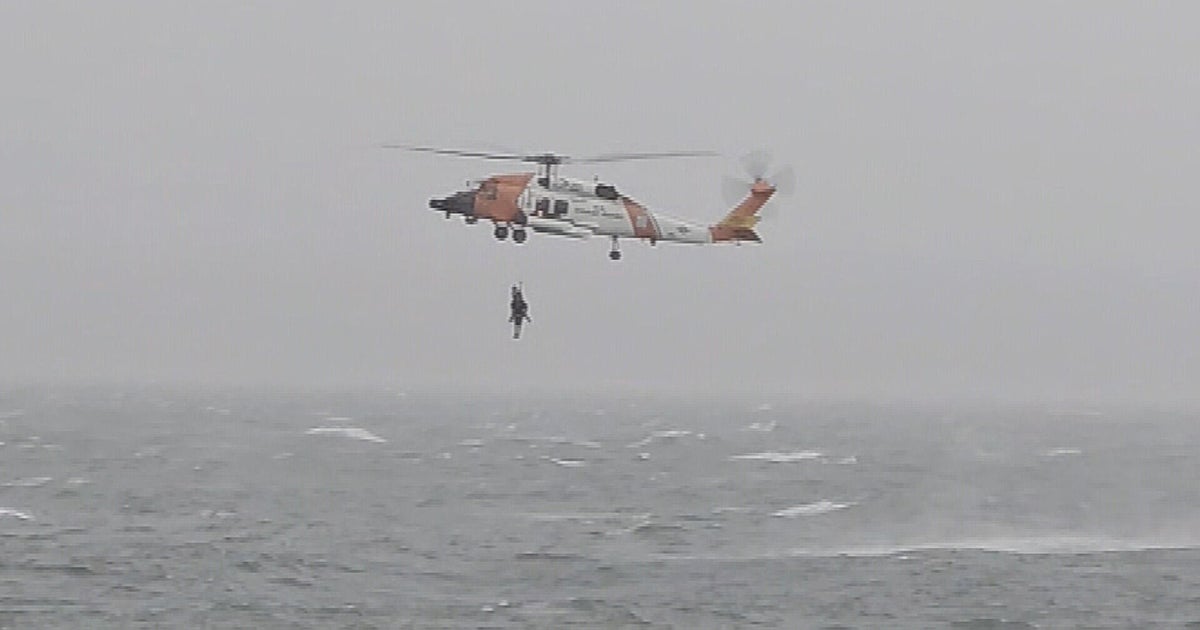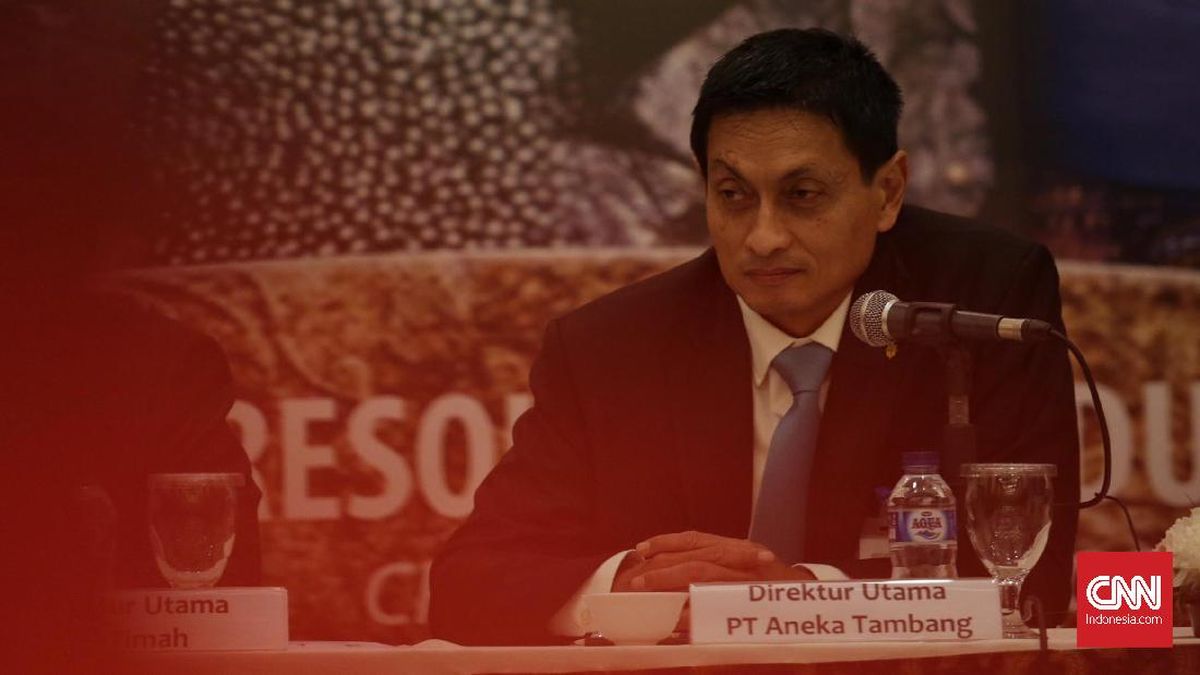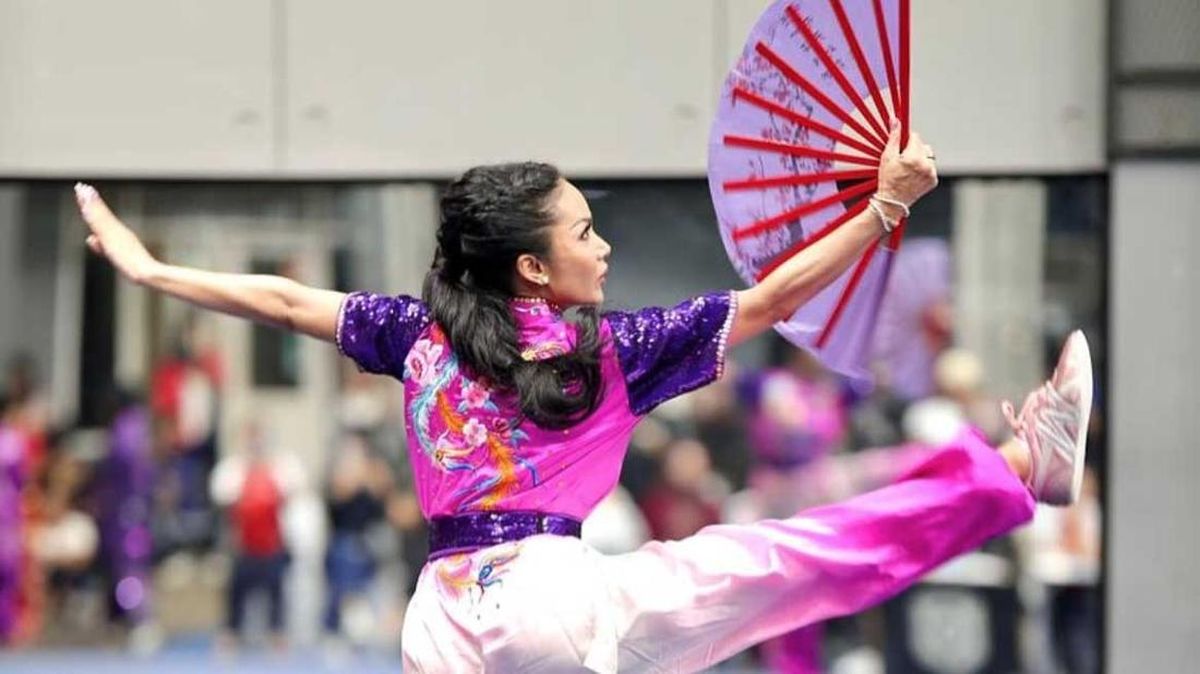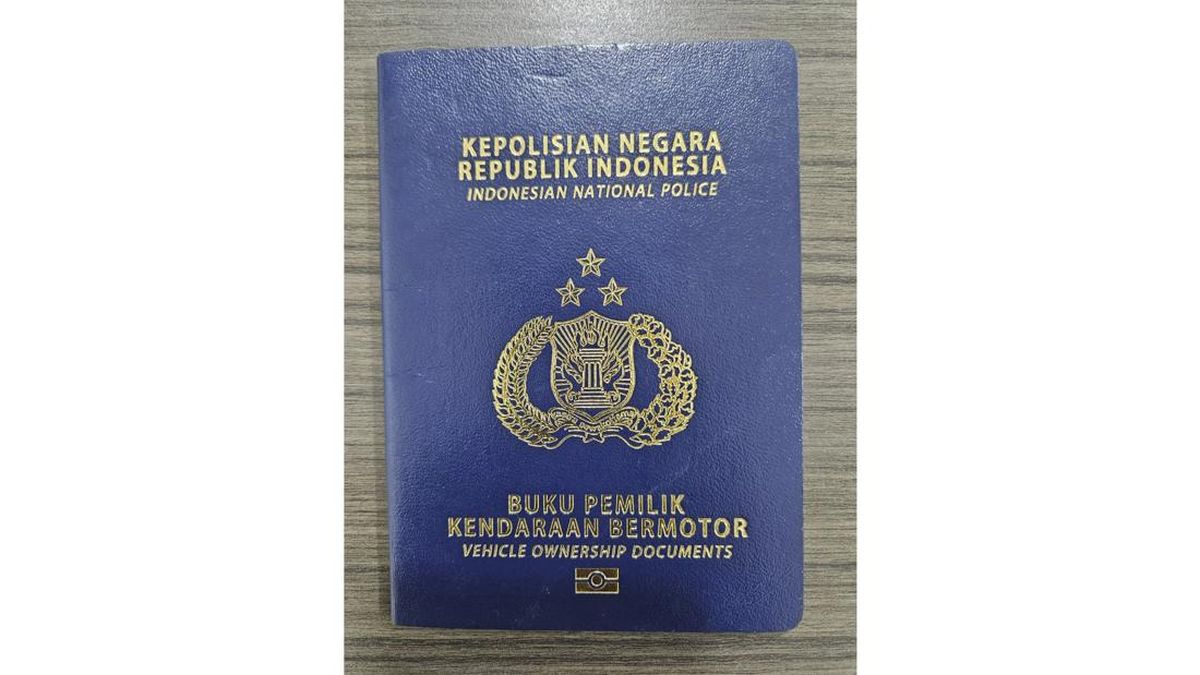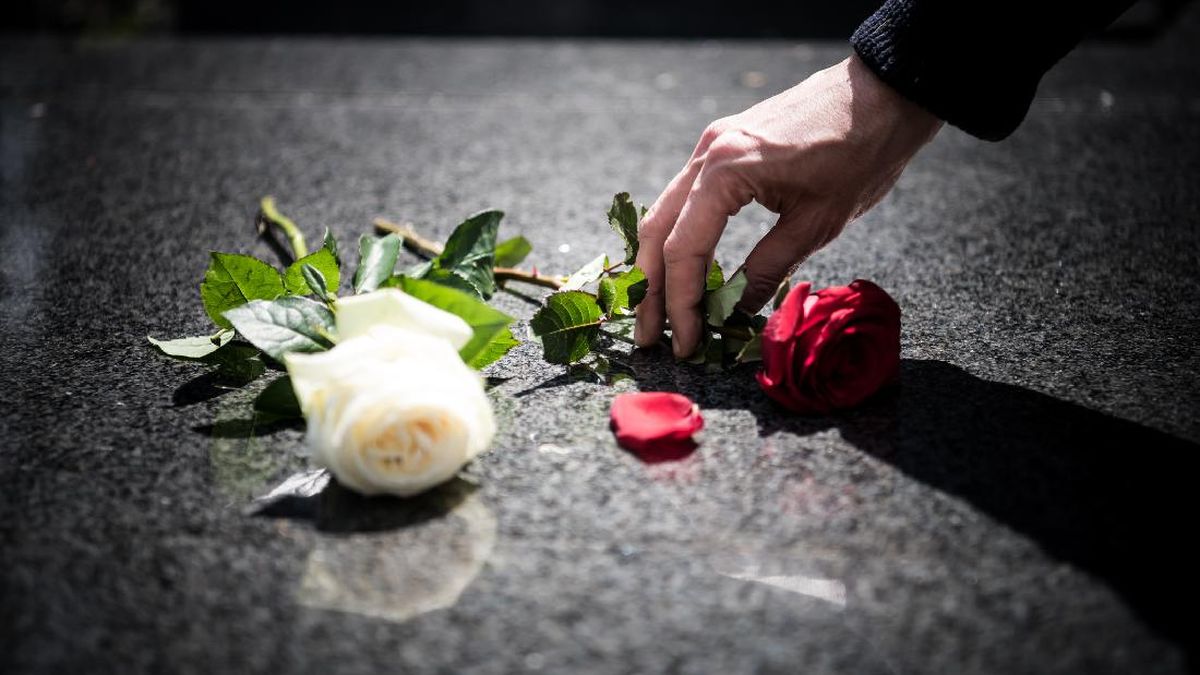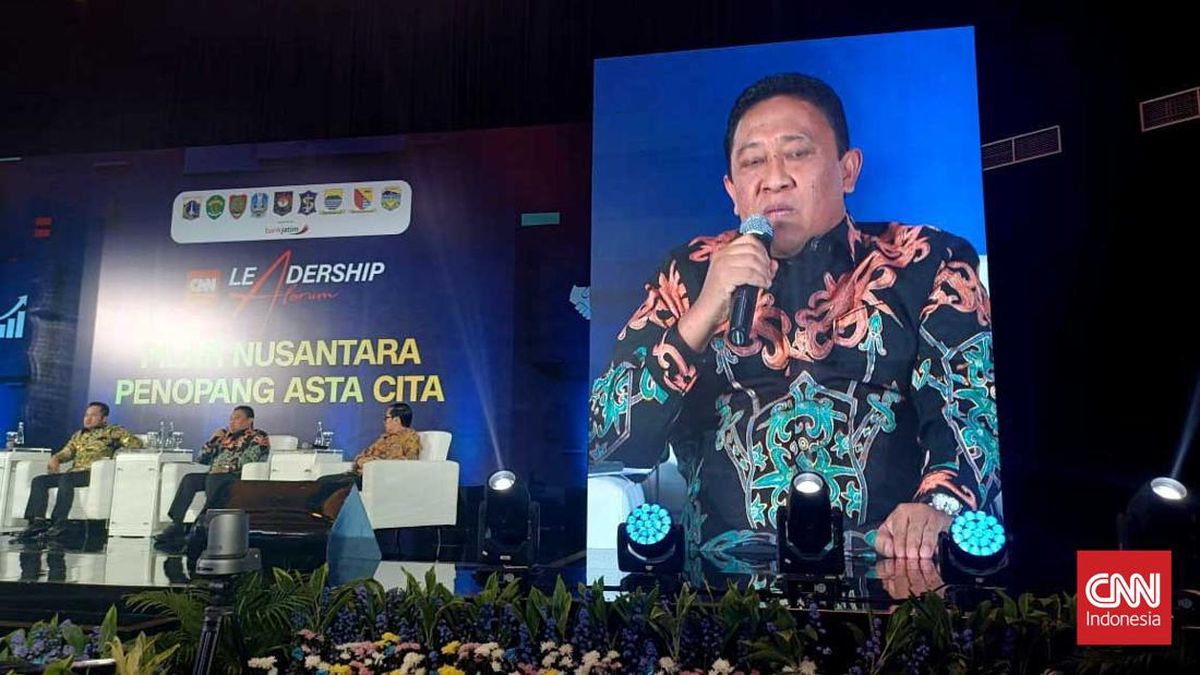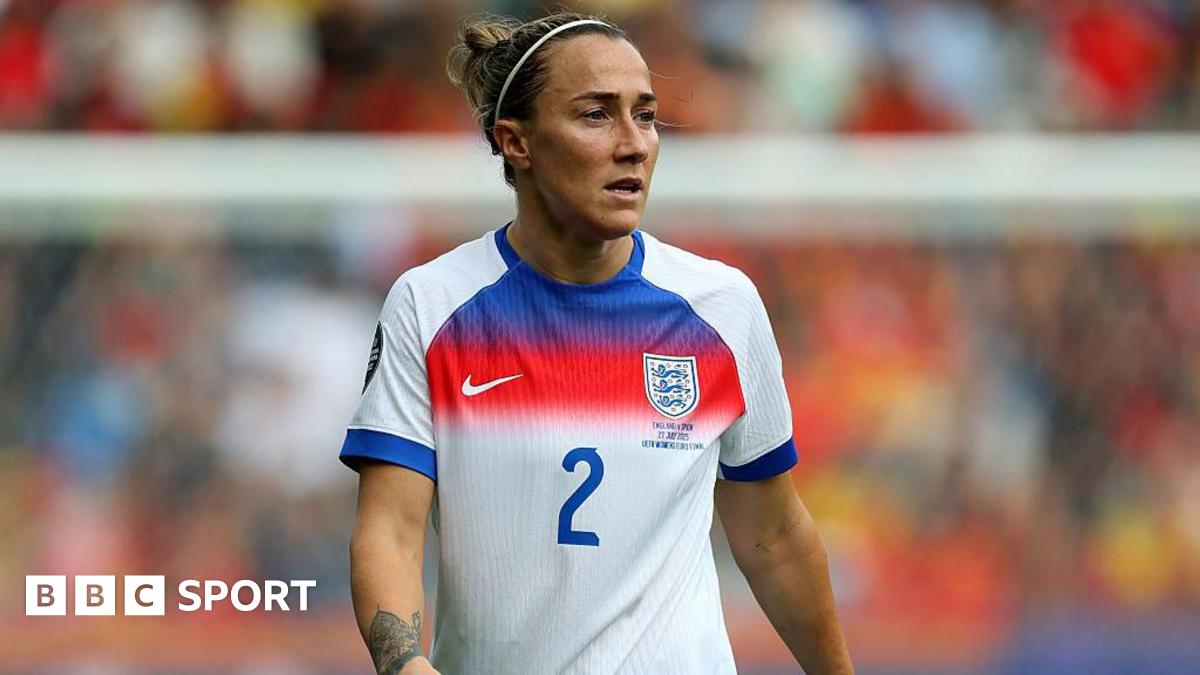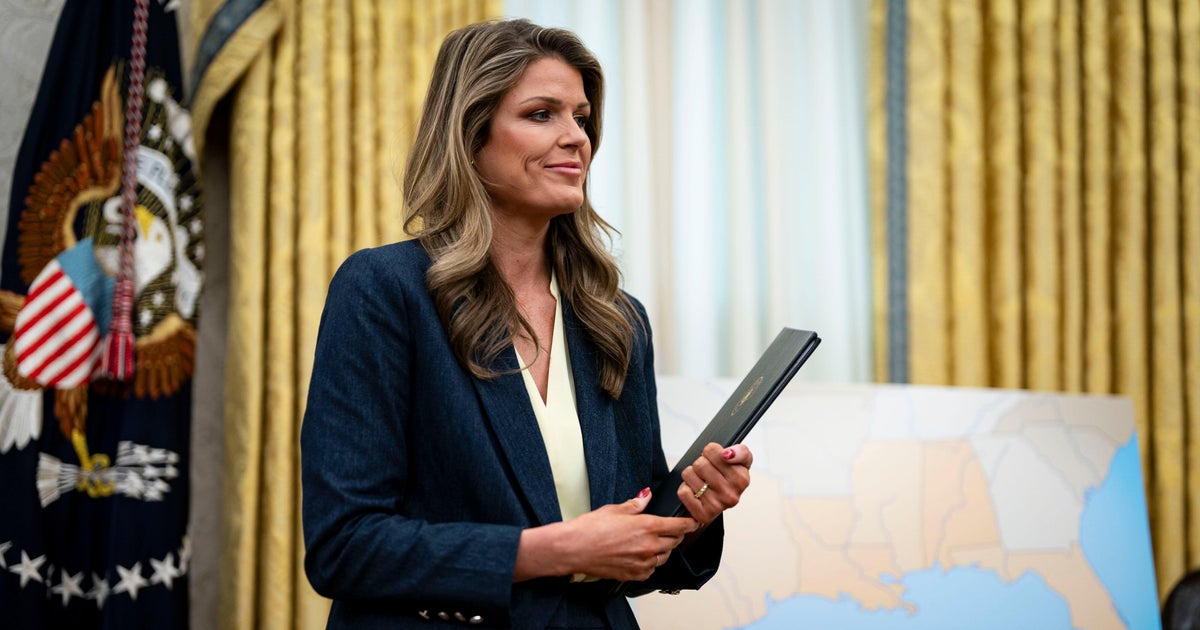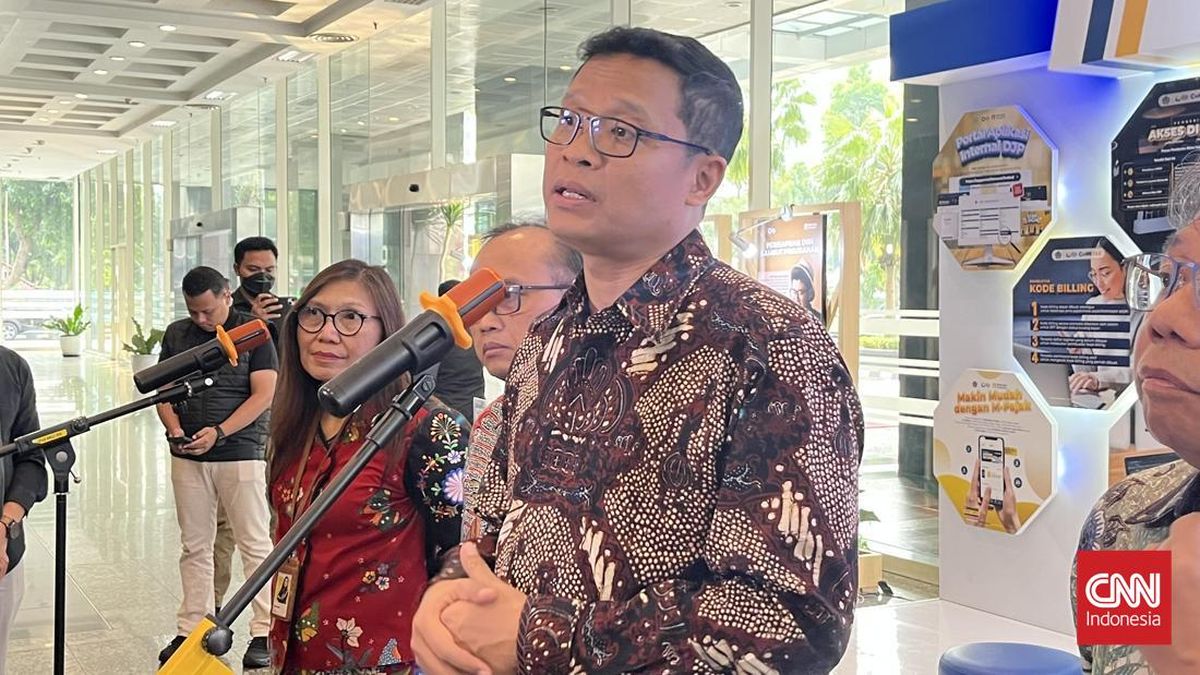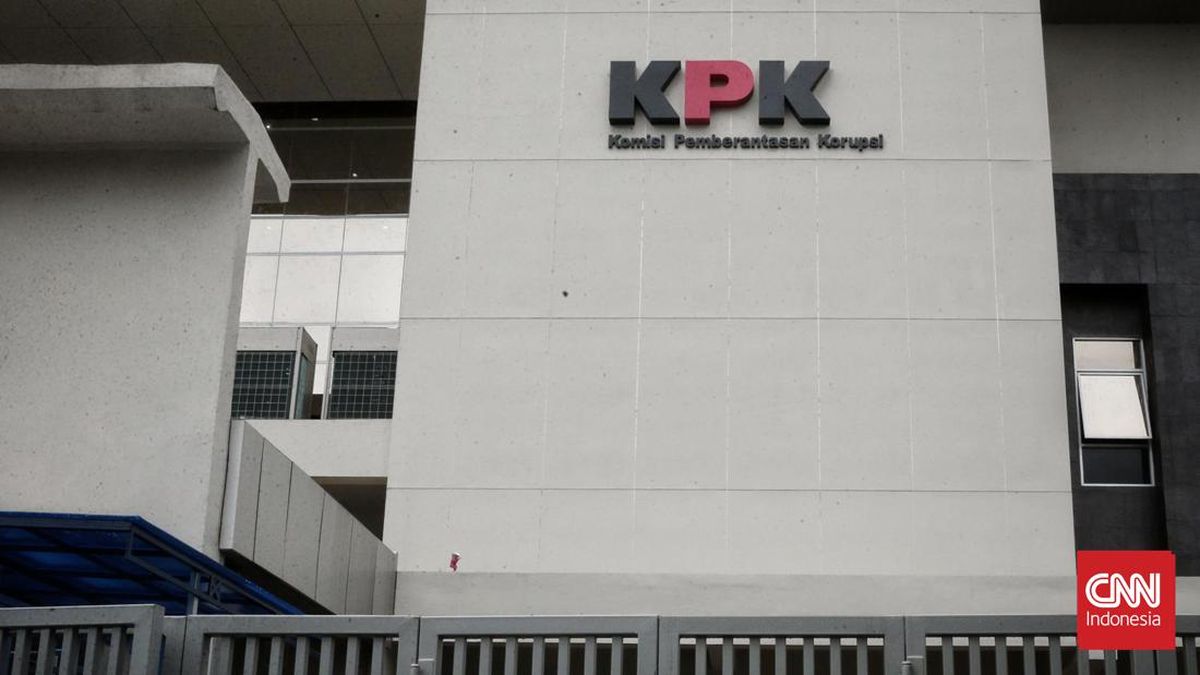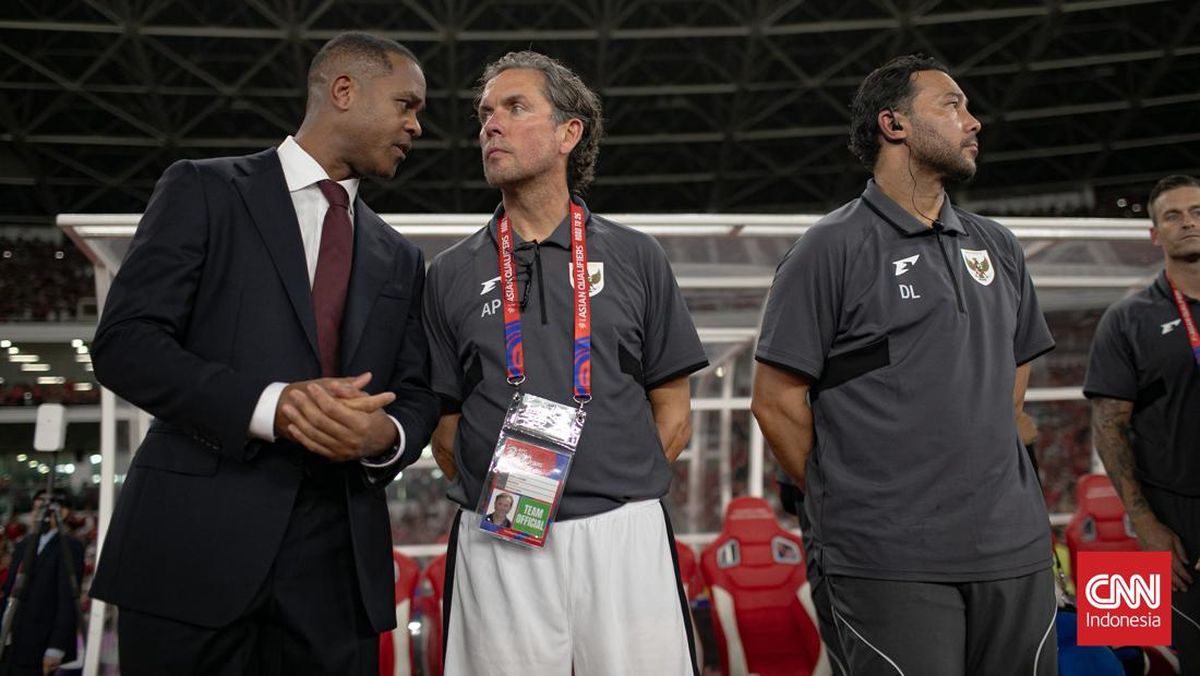The proliferation of fake spider webs in the lead-up to Halloween is the real stuff of nightmares, according to bird lovers who are urging people to ditch the plastic ahead of October 31.
Man-made materials now comprise 30 per cent of the matter found in Australian bird nests, but plastic spider webs create a particularly nasty problem.

Spooky: Those fake spider webs are the real stuff of nightmares.Credit: Fiona Morris
In Australia, Halloween coincides with breeding and nesting seasons. The stretchy but strong fibres that make up plastic spider webs can entangle nestling and fledgling birds in the nest, leading to serious injury and even death.
Fake spiderwebs are widely sold in major supermarkets and have been steadily growing in popularity since bursting onto the market more than 20 years ago.
Animal ecologist Associate Professor Kathy Townsend from University of the Sunshine Coast was part of a team that analysed 893 bird nests from 224 species constructed between 1832 and 2018.
The nests, held in museum collections around the country, told a stark tale: almost 30 per cent of the material found in nests by 2018 was man-made, and 25 per cent was plastic.

The nest of a noisy miner found on the Sunshine Coast, Queensland, in 2020.Credit: Kathy Townsend
Much of it was fake spiderwebs and other forms of polyester, and nests built after the 1950s by birds living in urban areas – particularly butcherbirds, magpies, old world sparrows and bulbuls – had significantly more man-made debris in them.
“There’s certain bird species that actually use normal spider webs as a nesting material, whether it’s to make the nest itself really padded for the chicks, or alternatively as sort of a sticky material that holds everything together,” Townsend said.
“So there are a lot of birds that would be attracted to that type of material because of the kinds of materials that they would use naturally.”
Sean Dooley, senior adviser at BirdLife Australia, said fake spiderwebs were a bigger problem here than in North America because Halloween coincides with nesting season in Australia.

Some birds use natural spiderwebs to construct their nests. This silvereye or gerygong nest from 2019 is constructed entirely of synthetic material. Credit: Kathy Townsend
“We’ve noticed in the last couple of years, the use of these fake cobwebs has just boomed,” he said.
“With the preponderance of [fake spiderwebs] increasing, we’re really concerned that a lot of unnecessary bird deaths will occur because of it.”
Nor is the plastics problem contained to decorations. A recent study into Halloween waste showed 83 per cent of Halloween costumes used non-recyclable oil-based plastics, dooming them to wind up in landfill.
BirdLife Australia recommends people use natural alternatives to plastic spiderwebs like sheep wool for Halloween decorations, although the fine threads within cotton wool can also pose a risk of entanglement, as can fruit tree netting.
“We don’t enjoy being the fun police, but it is – when you consider the consequences for a lot of birds, particularly the chicks – it’s sort of a no-brainer to look at alternatives,” Dooley said.
Sustainable alternatives include decorating the inside of windows instead of front porches, and using natural materials including pumpkins and cardboard outside.
Woolworths and Coles were contacted for comment.
Most Viewed in Environment
Loading


